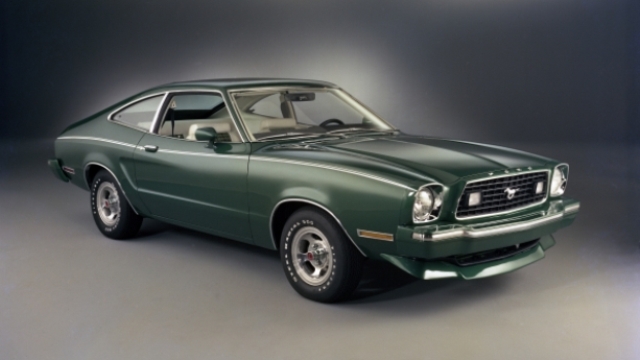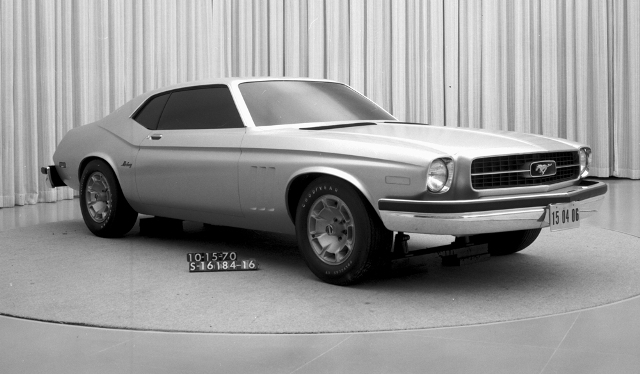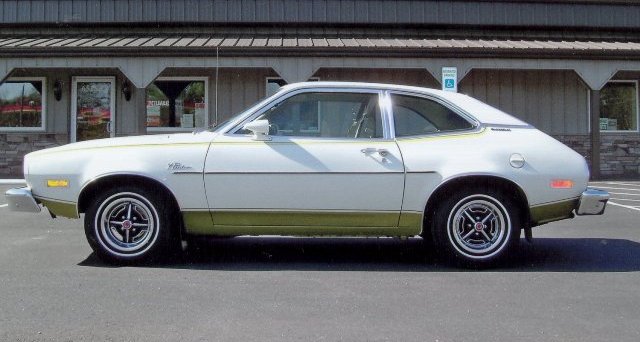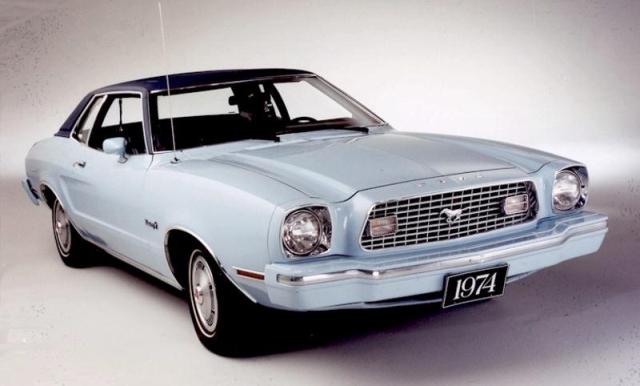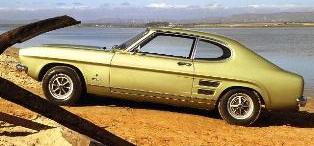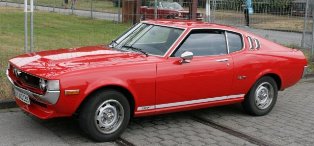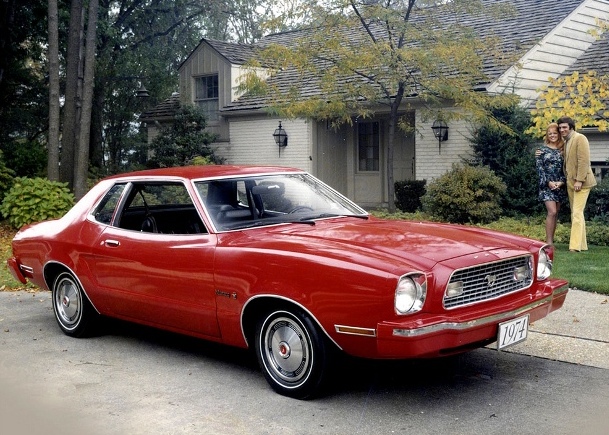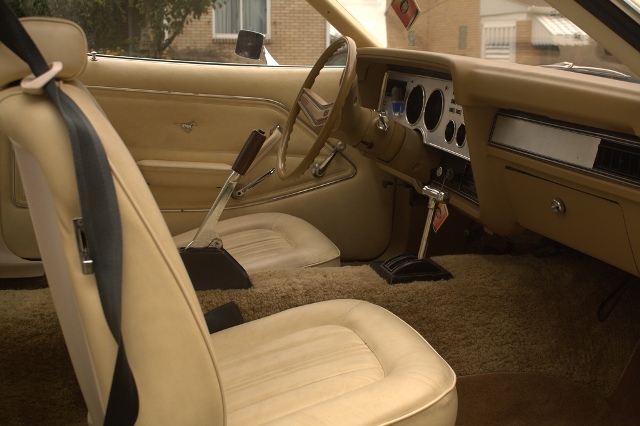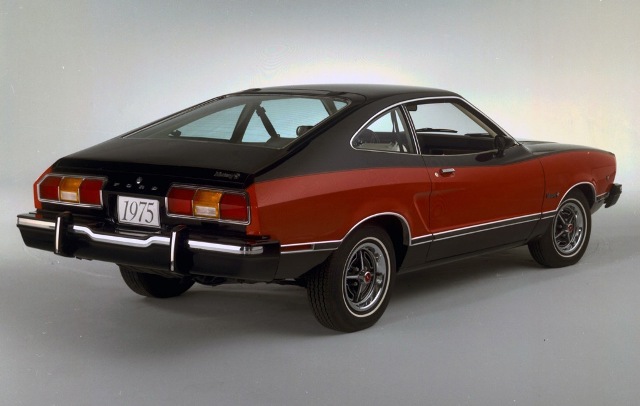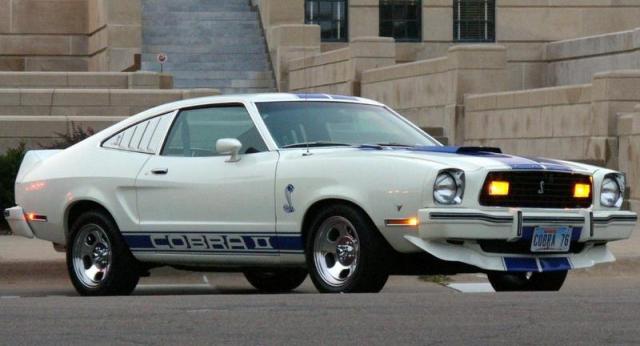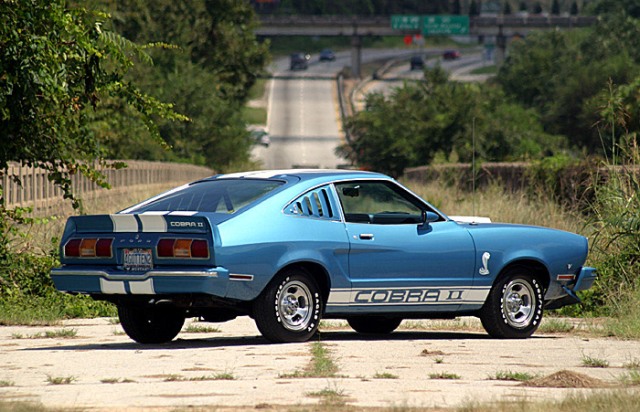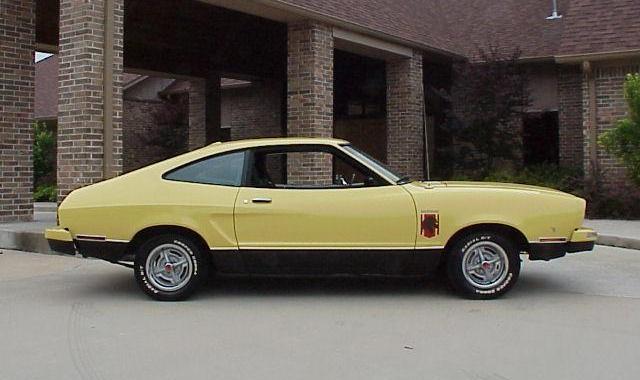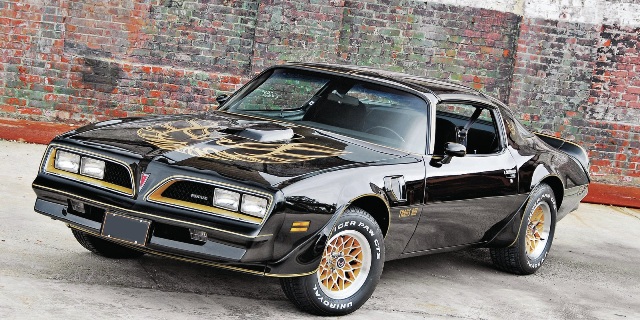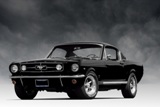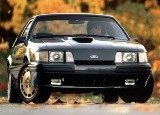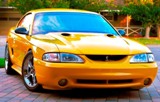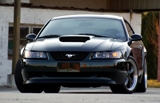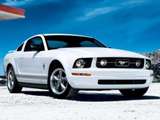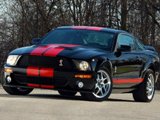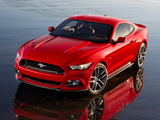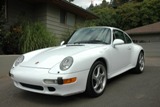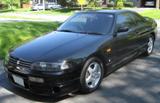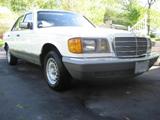Enthusiast's Corner
1974-1978 Ford Mustang II: Iacocca’s "little jewel" gets no respect
Written by James Dolan
Years of constant growth and weight gains began to take a toll and sales were sagging, the Mustang was due for a radical change in direction. In the years since its 1964 introduction the Mustang had lost its way. The car went from being a small, easy to drive, sporty car with a wide appeal to a big behemoth that promised performance but was more intimidating to drive because of its size and not exactly user friendly.
After watching the Mustang slowly stray from its original mission, Lee Iacocca stepped in to bring the Mustang back to its roots. Right from the start Iacocca recognized that the Mustang needed to be downsized in order to survive. Compact vehicles were quickly gaining traction in the marketplace and imports in particular were becoming popular. To survive the Mustang need to lose some weight and a few inches around its waste line.
Shortly after Bunkie Knudsen was removed from his position at the Ford Motor Company, Iacocca proposed that Ford build a new, small-sized sporty car. Recognizing the immediate need for such a vehicle the project was given top priority within the company. Quickly two proposals were prepared. One code named “Ohio” was a car based on the Maverick and this vehicle was intended to become the new Mustang for 1974. The second proposal was dubbed “Arizona” and this project was aimed to become an upscale vehicle based on the sub-compact Pinto due for release in 1975.
Meanwhile the Lincoln-Mercury division started selling the sporty Capri imported from Ford’s European operations. The Capri was a small, sporty car that was inspired by the original Mustang but was made to suit European needs and tastes with a compact design and smaller engines. The Capri was a huge success in Europe and quickly became a strong seller in America shortly after its launch in the United States. In July 1971, with strong sales of the Capri and with other small, sporty imports making in-roads into the market, the decision was made to scrap plans for the Maverick based “Ohio” Mustang and concentrate on the “Arizona” project, tailoring that car to become the next Mustang.
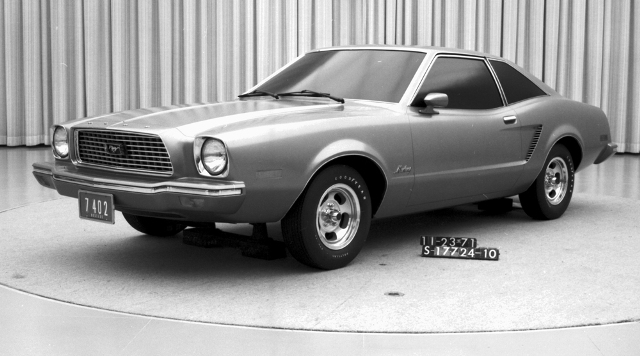
This rejected compact coupe concept heavily influenced the front end design of the production car.
During the initial planning phases the new Mustang was to use Ford’s bullet proof inline-six for motivation, however by moving the Mustang to the smaller platform the big six just wasn’t going to fit in the smaller engine bay without the car growing considerably. Engineers who recognized the need for compactness determined that the Mustang would have to be powered by a four-cylinder engine. The engine of choice was Ford’s new “Metric” 2.3-litre four and as an option a small V-6 would be sourced from Ford’s European division. For the first time in its history the Mustang would not have a V-8 engine option.
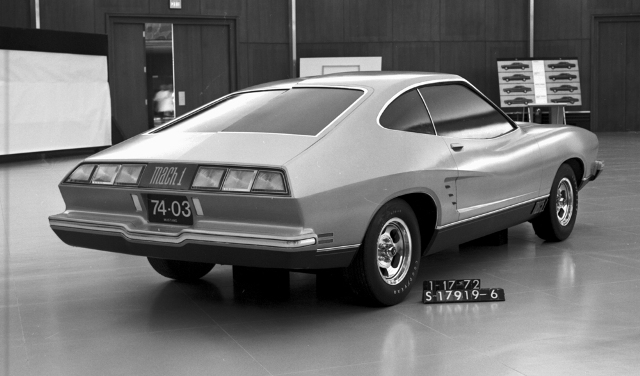
This fastback concept was basis for the 1974 Mustang II production car.
After some underwhelming designs proposals, Iacocca proclaimed that a styling competition should be held within the company to determine the new shape of the Mustang. Certain parameters were set in place. The new Mustang needed to be small with a wheel base between 96 and 100-inches; the car had to be well built and exude luxury. It had to be an upscale car that would put all other four-cylinder cars to shame, and finally the car needed to be sporty with a notchback coupe or fastback body style.
Initially the winning design was a fastback; however there was much debate within the company whether the new Mustang should be a notchback coupe or a fastback with a rear hatch. The focus groups weren’t conclusive with some studies coming back with neither car as the clear choice. In the end both a notchback coupe and hatchback body styles were chosen. The winning fastback design was reconfigured as a hatchback and then a coupe was designed from the hatchback. Iacocca was thrilled with his new little Mustang; he called it a ‘little jewel’. The new car was radically different from the previous car. This car was a fraction of the size and brought back some of the styling cues from the 1964 model that had been lost over the years. So different was this Mustang from the previous 1971-1973 cars that Iacocca dubbed it the Mustang II to signify the radical change.
On paper the Mustang II appeared to be a sensational car. It was a whopping 14-inches shorter, 4-inches narrower and 500-pounds lighter than the 1973 model it replaced. Once again it appeared that the Mustang would be a light and svelte car. Engines used in the Mustang II were ground breaking, as the four-cylinder engine was the first domestic-built engine to use metric measurements. The new 2.3-litre four was based on the British-built 1.6-litre and German-built 2.0-litre engines offered in the Pinto. Manufactured at Ford’s Lima Ohio engine plant this 2.3-litre engine produced 88-horsepower was thoroughly modern design employing an overhead cam and modern production techniques. Although it was low on muscle the 2.3 was predicted to be very stingy on fuel and Ford had high hopes that the new four would be an excellent replacement for the old, smooth running and reliable 250-ci six.
For those who desired more thrust a German sourced V-6 with dual exhaust was available. Essentially the V-6 was the same engine that was offered in the Capri however for the Mustang the 2.6-litre Capri engine was enlarged to 2.8-litres. Output of the V-6 was 105-horsepower, a pretty decent rating for the time. Backing up either engine was a 4-speed manual or for those who object to three pedal driving Ford’s SelectShit Cruise-O-Matic was optional. On paper both engines seemed to offer promising performance and because of the Mustang II’s diminutive size and weight Ford determined that a V-8 engine wasn’t necessary.
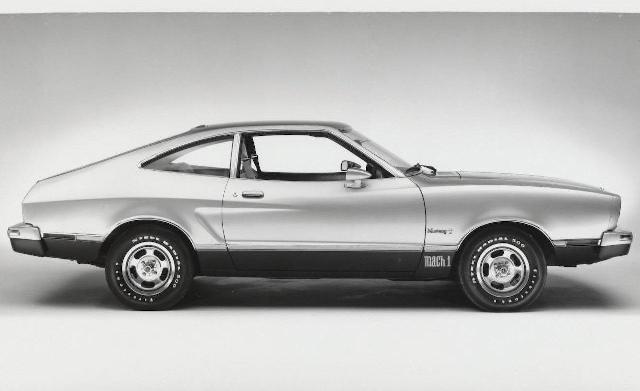
1974 Ford Mustang II Mach 1 Fastback
In order to enhance the Mustang II’s refinement a cleaver U-shaped subframe assembly was devised to quell engine and suspension vibrations. This subframe was isolated from the rest of the car with rubber bushings and was mainly responsible for Mustang II’s smooth and quiet ride.
Suspension specifications of the Mustang II also looked promising with coil spring suspension with upper and lower control arms up front; rack and pinion steering, a first for Mustang; standard front disc brakes and staggered shocks in the rear. With all these refinements, improvements and its smaller dimensions the Mustang II had the potential to be a top-flight performer.
But sometimes the road to hell is paved with good intentions and the Mustang II’s execution was anything but stellar. In Iacocca’s haste to down size the Mustang and his desire to relive the glory days of the original car from 10 years earlier, he unwittingly created a car that was a poor caricature of its former self. The Mustang II could be deemed as the first car to employ retro styling and in this case the outcome was poor. Unfortunately the Mustang II came away looking like a Pinto with elements from a 1965 Mustang tacked onto it. For such a compact car Ford managed to make the Mustang II look heavy, frumpy and dated right out of the gate. It was a car that your grand mother would lust after.
Toyota’s fast selling Celica, a car modeled after the Mustang but aimed squarely at the sub-compact sports car market, was far more successful at pulling off the look of a modern sub-compact Mustang. Incidentally the Celica was also available as a notchback or hatchback just like the Mustang II. Additionally Ford’s own European Carpi was also a much better looking rendition of a sub-compact Mustang, looking light, tight, sporty and elegant all at the same time. From a styling point of view the imports were light years ahead of the Mustang, a car that had once inspired them. Sadly, the Celica and Capri also handily outperformed the Mustang II.
Even with the drastic reduction in size and weight the Mustang II was still relatively porky weighing in at over 2,600-pounds for the standard car all the way up to nearly 2,900-pounds for a fully loaded Mach 1 V-6. To put this in perspective the heaviest 1964.5 six-cylinder Mustang convertible tipped the scales at just over 2,600-pounds and this was a larger car with nearly the same power as the Mustang II when equipped with the optional V-6 engine! The Toyota Celica and Ford-Lincoln-Mercury Capri also fared better with the Celica weighing in at featherweight 2,200-pounds and the Capri registering 2,500-pounds for a fully loaded V-6.
Those extra pounds placed a heavy toll on the Mustang II’s performance. Compared to the snappy acceleration of a V-6 Capri the V-6 powered Mustang II was decidedly sluggish. To describe the car’s performance as dismal is the understatement of the century. Acceleration of a 2.8 V-6 Mustang Mach 1 equipped with a 4-speed manual was as exciting as watching a seniors scrabble tournament. Zero to sixty miles an hour times ran approximately between 13-14 seconds. This is painfully slow for any car; even for an emissions strangled car from the 70’s. You could almost push it down the road at a faster pace. Don’t even ask about the 2.3 four; an engine that would thrash about with just the thought of moderate application of the throttle pedal. Adding to the Mustang II’s woes were seemingly endless mechanical difficulties afflicting the 2.8-litre V-6 and only marginal real world fuel efficiency of the 2.3-litre four.
If acceleration wasn’t the Mustang II’s forte than surely handling would be a strong suit. While not a poor handling car, the Mustang II was not a true corner carver either. Even a Mach 1 equipped with a Traction-Loc differential and the Competition Suspension package that included wide tires, a rear anti-roll bar and adjustable shock absorbers was considered a marginal handing car at best. However compared with the obese previous generation that handled like a drunken pot belly pig the Mustang II was a delightful handling car but that isn’t saying much.
Big strides were made in steering feel and ride comfort. Steering was responsive thanks to the rack and pinion system shared with the Pinto and gave the driver much better feed back than previous Mustangs. Ride quality was the Mustang II’s saving grace. Bumps and road undulations were easily soaked up giving the Mustang II the ride quality of a much more expensive car. Refinement and relaxed motoring was definitely the Mustang II’s trump card.
Even with lack luster performing engines and the lack of a V-8 engine first year sales of the Mustang II were impressive with production reaching nearly 386,000 units. Sales were in no doubt spurred on by Motor Trend magazine awarding the Mustang II with its prestigious “Car of the Year” award in 1974. But what really gave the car a massive boost in sales was the oil embargo instated by members of the Organization of Arab Petroleum Exporting Countries that started in October of 1973 and lasted until March of 1974.
Just as the original Mustang was the right car for the right time the Mustang II was introduced at exactly the right moment in September of 1973. Long lines at gas pumps, fuel rationing and higher gasoline prices prompted consumers to search for smaller, fuel efficient vehicles that could go further on a gallon of gas. With good fuel mileage in comparison to most of the vehicles produced by Detroit the Mustang II proved to be irresistible to the car buying public in 1974. But the fuel crisis of 1973-1974 didn’t last forever and as soon as gasoline started flowing freely Mustang sales started drying up.
Critics weren’t thrilled with the lack of power from the Mustang II engine line up for 1974 and Ford’s marketing department quickly realized that without a more powerful engine option, specifically a V-8, the Mustang II would be treading water. This was about to change for 1975; well somewhat anyways; when Ford stuffed their 302-ci V-8 into the diminutive Mustang II. However this wasn’t as simple as yanking out the four-cylinder or V-6 engine and wedging in the V-8. Since the Mustang II was never intended to have a V-8 engine installed several major modifications were required.
Changes to the firewall and strengthening of the frame were necessary and the engine had to be mounted differently. By revising the radiator core support and moving the radiator forward three inches the Mustang II gained valuable space in the engine bay and better cooling as well. For higher clearance the hood needed to be raised a half an inch and as a result of the radiator relocation the hood required lengthening as well. Since the 302 weighed 213 pounds more than the 2.8-litre V-6 some suspension changes were in order. Spring rates were increased and spindles, lower control arms and dampers were made more rugged in order to compensate for the additional weight. Larger tires were installed on V-8 cars and power steering and brakes were also made standard as well to compensate for the additional mass.
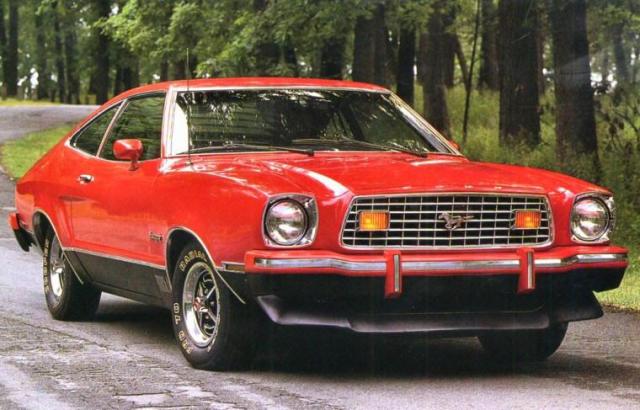
1975 Ford Mustang II Mach 1 Fastback
Many enthusiasts thought that with the return of a V-8 engine to the Mustang line would signal a return of the ‘good old days’ of raw horsepower and tire shredding performance. This excitement would be short lived as the Mustang II’s 302 engine had a very low state of tune and was more suited to smooth, quiet performance than brute force. Although it wasn’t slow in comparison to other cars of it’s time the 302 Mustang II wasn’t exactly a tire shredder either. With only 122-horsepower on tap the V-8 Mustang II had acceptable acceleration compared to the painfully slow four-cylinder and V-6 models but it certainly wasn’t fast. Soon horsepower was increased to 139-horsepower after some tinkering but the car was still lethargic. At least a 302 powered Mustang II could keep pace with the 750-pound lighter V-6 Capri.
Surprisingly a Mustang II equipped with a V-8 used only slightly more fuel compared to the V-6 powered car. However this isn’t saying much as a V-6 Mustang II had dismal fuel economy. Real world road tests reveled that a V-8 Mustang II could achieve just 15 miles per gallon, 1.5 miles per gallon less than the V-6 powered car. For a vehicle tuned for economy these numbers are abysmal especially compared to the imports of the era. Fuel efficiency was so poor that Ford added a 3.5-gallon auxiliary fuel tank in order to extend the cruising range of the car. It quickly becomes apparent that the sacrifices in power and performance for increased fuel economy were fruitless as the new sized Mustang was neither fast nor efficient. With the fuel crisis over sales plummeted with volume dropping over 50 percent but sales numbers were still stronger than the 1971-1973 cars and the Mustang II was at least profitable.
The Mustang Cobra II
After the major mechanical overhaul to wedge a V-8 into the engine bay changes to the Mustang II for 1976 were purely cosmetic. While the Mach 1 package was an attempt to make the car look sporty, it still looked more boulevard cruiser than athletic. The Mustang II was in need of some attitude to help alleviate the car’s soft reputation. Former General Motors marketing and advertising guru Jim Wangers, father of the legendary Pontiac GTO could sense the need for a spruced-up Mustang II. Wangers company, Motortown, quickly cobbled up a styling and trim package that echoed the Shelby Mustangs from the past and sold the idea of the Cobra II to Ford. As part of the deal Motortown would manufacture the styling package and install them at its plant conveniently located virtually next door to the Mustang factory in Dearborn.
Cobra II’s were adorned with just about every body modification imaginable. Bold Le Mans style twin racing stripes were plastered over the hood, roof, decklid and rocker panels. Spoilers and louvers were thrown at the car in every direction. A deep front air dam was installed below the front bumper and a large spoiler was bolted to the deck lid at the rear. Louvered covers were added to the rear-quarter windows with their sole function being to add a massive blind spot to each side of the car. Capping off the hood was a non-functional hood scoop. The Cobra II was only available as a fastback and could be had in any color as long as it was blue stripes over white or gold stripes over back although other colors were eventually added in subsequent years.
Honesty the car looked a little bit exaggerated, but that was style of the 70’s and it was an improvement over the standard car. In spite of the fact that the Mustang II Cobra II looked fast while standing still, it was probably just as fast standing still. To the dismay of many purists the Cobra II was available with any engine in the Mustang II line, meaning that a four cylinder Cobra II could be ordered. However when equipped with the optional V-8, a Cobra II could be a reasonable performer.
Mustang II Stallion
Another, more subtle styling option on offer for 1976 was the Stallion package. This dress-up option consisted of blacked-out grille, window moldings and wiper arms. Areas below the body side moldings were painted a high-gloss black that gave the car a two-tone look. A handsome set of styled-stamped steel wheels were standard and a racy set of forged aluminum wheels were optional.
For extra appeal a special Tu-Tone Option could be ordered in Silver Metallic with black hood and roof. This special paint option combined with the dual sport mirrors and forged aluminum wheels made the Stallion look particularly sporty and stylish. The only offensive item to the eye was a lurid decal of a horse’s head on the front fender but other than that the Stallion was a very tasteful package that was also available on the Pinto and Maverick as well.
1978 King Cobra
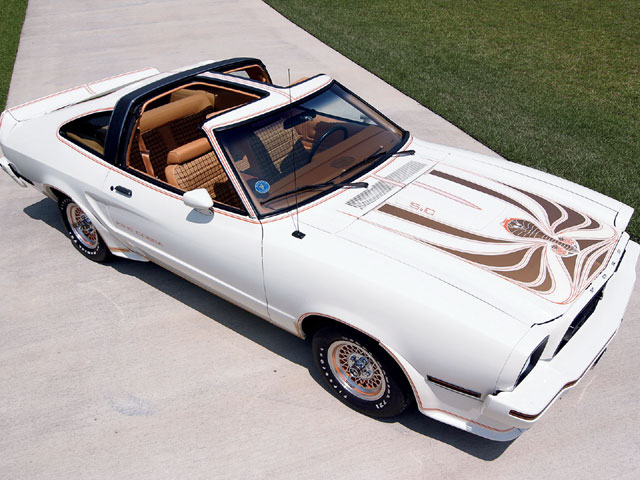
1978 Ford Mustang II King Cobra
Ford closed out Mustang II production with the ultimate statement of paint on performance with the 1978 King Cobra. Trying desperately to capture some of the magic that General Motors had with its iconic Pontiac Firebird Trans-Am, Ford stole a page from G.M.’s playbook and made their own version of a bad ass 70’s muscle machine or at least that is what they attempted to do. Pontiac’s Firebird Trans-Am looked muscular and fast replete with the required 1970’s spoilers, scopes, pin striping and a giant hood decal. But even with all its adornments the Trans-Am didn’t look gaudy with just enough flash to make a statement. The Trans-Am was just plain cool and the car’s status was elevated to legendary with the movie Smokey and the Bandit that was released in 1977. After that movie everyone wanted to be just like the Bandit and just had to own a black Firebird Trans-Am with a screaming chicken plastered on the hood.
Ford was sitting on the sidelines and felt like they needed a carbon copy of the Trans-Am in order to compete. Ford designated this new package the King Cobra. Designers tacked on all the spoilers, air dams and deflectors they could onto the Mustang II. For full effect they even added a giant stylized cobra to the hood and pin striped just about every square inch of the car, even a T-top roof with twin lift out glass panels was optional. To give the car some credibility on the street the 302-ci V-8 was standard equipment.
Unfortunately Ford wasn’t able to capture the same appeal that the Trans-Am had with the King Cobra. Where the Trans-Am looked cool, fast and sexy, the King Cobra looked garish and cartoonish. The King Cobra just didn’t have the same presence on the road that the Trans-Am had. Trans-Am’s were brimming with a long, low muscular look that Ford couldn’t hope to replicate with the King Cobra. Ford’s hard core package came away looking exactly what it was, a tacked on afterthought. By no means was the King Cobra a bad car; while not what could be considered a fast car by today’s standards, the King Cobra did offer excellent performance for the time. It was an attention grabbing car that certainly stole a few sales from General Motors. However the King Cobra wasn’t a cohesive design like the Trans-Am was and just couldn’t steal the show from its rival.
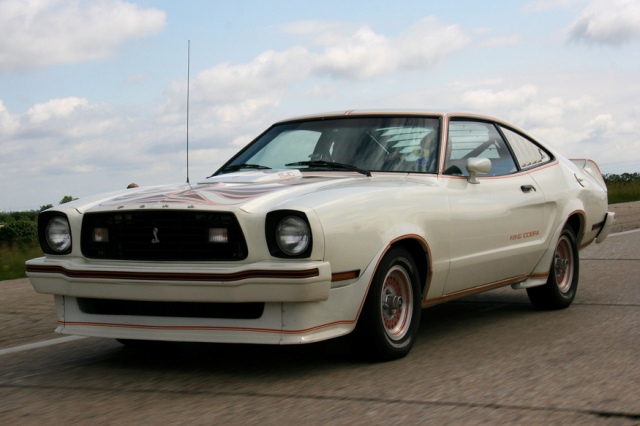
1978 Ford Mustang II King Cobra
By 1978 it was clear that Mustang need to be taken in a different direction once again and this was the last year for the Mustang II. When new the Mustang II was a success with strong sales numbers throughout its model run but as a Mustang it was a failure. Its styling has not aged gracefully and is not a popular car among collectors. As a dressed up Pinto the car could have been considered a great vehicle for the times but the Mustang II didn’t deliver the economy promised or performance and as such it is difficult to heap praise on the car. However it did ride exceptionally well and did have an air of luxury to it and that is exactly what the majority of the car buying public wanted at the time.
It’s unclear that a Maverick based Mustang would have been a sales success. It might have been a good car for the Mustang’s reputation but it could have also spelled the end of the Mustang all together if it didn’t sell with the same enthusiasm as the Mustang II did. What is clear is that the Mustang II did keep the Mustang brand alive long enough to survive the dark days of 1970’s motoring and allow the car to make a comeback in both reputation and performance in the 1980’s. For this the Mustang II deserves respect.
Although the Mustang II may not be considered a favourite among the Mustang faithful the car does a have a small but strong and devoted following. With a modified V-8, the right styling touches and a little imagination a Mustang II can be made to perform exceptionally well and look pretty good while going down the road. In the end the Mustang II served its purpose and paved the way for a more modern and sophisticated Mustang.
Click here to continue reading on the next page about the European inspired Foxbody Mustang...
Most Popular Articles

Japanese Nostalgic Vehicles: The next trend in classic cars
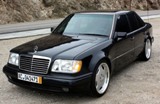
Five Sports Sedan's I'd Love to Own
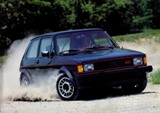
Hot Hatchbacks From the 1980's

Volvo 200 Series: An Unappriciated Classic
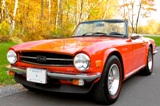
Triumph TR-6: Music to Anyone's Ears
Fifty Years of Mustang
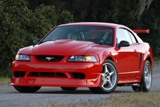
1999-2001 Ford Mustang SVT Cobra
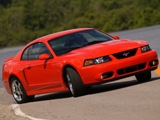
2003-2004 Ford Mustang SVT Cobra
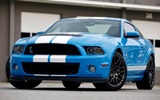
2010-2014 Ford Mustang Shelby GT500
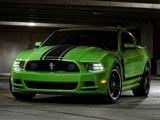
2012-2013 Ford Mustang Boss 302
Driven

Volvo 200 Series: An Unappriciated Classic

Triumph TR-6: Music to Anyone's Ears
1993 Nissan Skyline GT-s and GT-R Coupe

